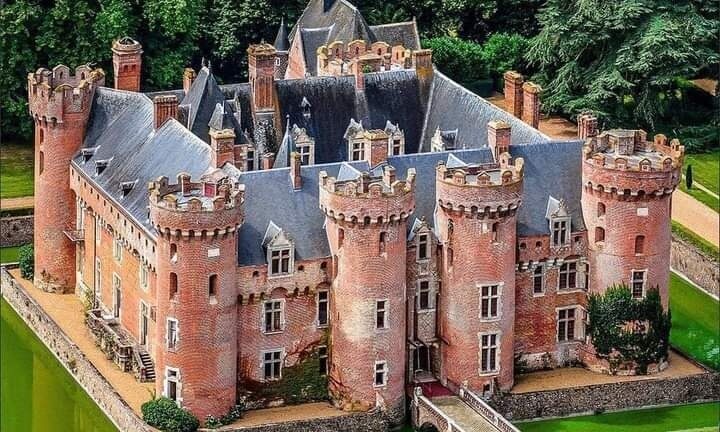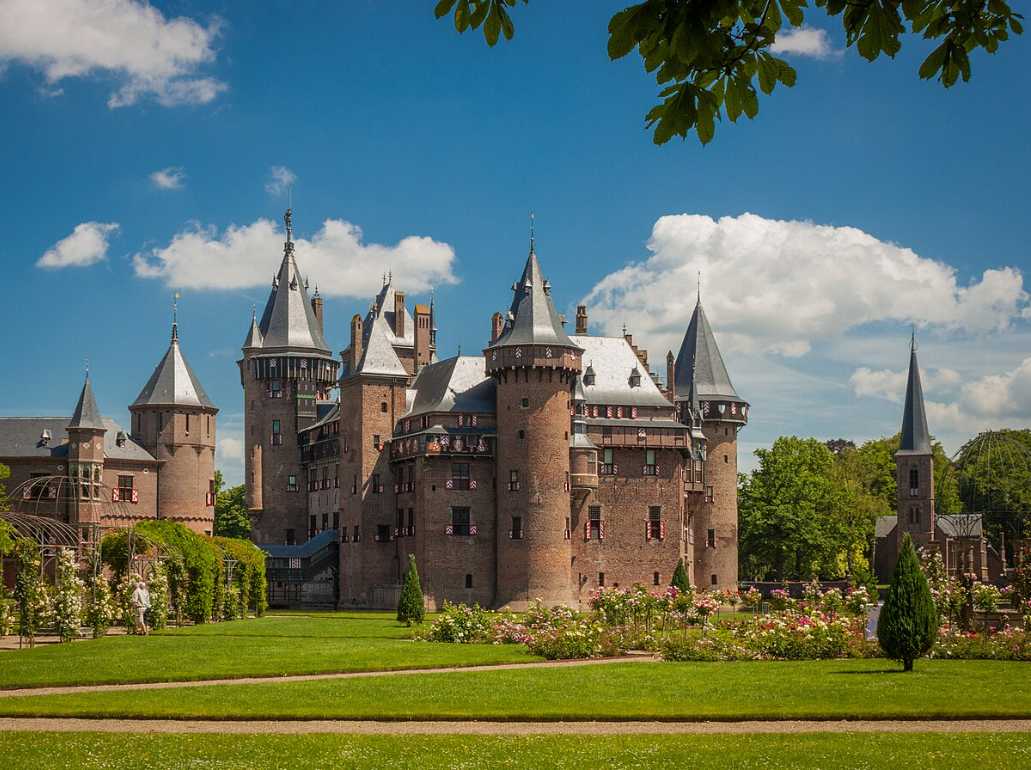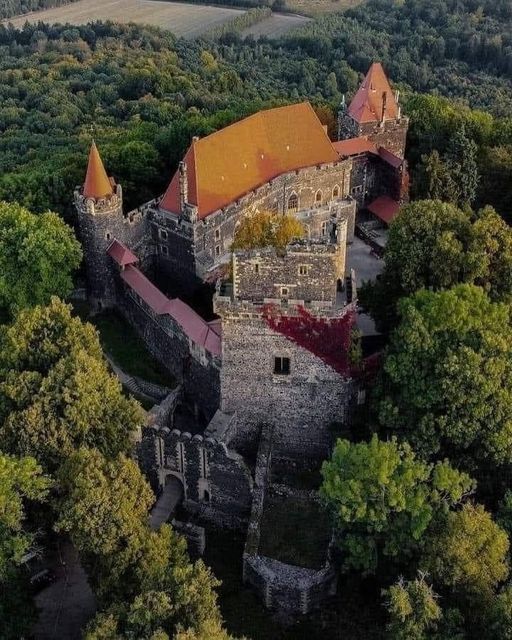The Timeless Heart of Czech History
Perched atop a hill overlooking the Vltava River, Prague Castle is not just an architectural marvel; it is the living heart of the Czech Republic’s rich history. As one of the largest ancient castles in the world, this sprawling complex is a stunning testament to the cultural, political, and religious evolution of Central Europe.
A Historical Overview
Prague Castle’s origins date back to the 9th century when it was founded by Prince Bořivoj of the Přemyslid Dynasty. Originally a wooden fortress, the castle has undergone countless transformations over the centuries, reflecting the changing architectural styles and political shifts in the region. The castle complex covers an area of nearly 70,000 square meters, comprising palaces, churches, gardens, and defensive towers, making it not only a fortress but also a symbol of the Czech state.
The castle has been the seat of power for kings of Bohemia, Holy Roman emperors, and later, presidents of Czechoslovakia and the Czech Republic. It has witnessed key historical events, including the defenestrations of Prague, which sparked the Hussite Wars and the Thirty Years’ War. Despite the ravages of time, wars, and political upheaval, Prague Castle has stood resilient, embodying the spirit and endurance of the Czech people.
Architectural Splendor
The architecture of Prague Castle is a fascinating blend of Romanesque, Gothic, Renaissance, and Baroque styles. One of the most iconic structures within the castle complex is St. Vitus Cathedral, a stunning example of Gothic architecture. The cathedral, with its soaring spires and intricate stained glass windows, dominates the Prague skyline and serves as a spiritual and cultural focal point for the nation. It is the final resting place of several Bohemian kings and Holy Roman emperors, including Charles IV, who was instrumental in making Prague a significant European city.
Another notable building within the castle is the Old Royal Palace, which dates back to the 12th century. It features the impressive Vladislav Hall, renowned for its massive size and beautiful vaulted ceilings. This hall has hosted numerous coronations, banquets, and even knightly tournaments, and today, it serves as a venue for significant state events.
The Golden Lane, a charming street lined with tiny, colorful houses, is another highlight of the Prague Castle complex. This quaint lane was once home to the castle’s guards and goldsmiths, and later, it became a haven for artists and writers, including the famed Czech writer Franz Kafka. Today, the Golden Lane offers visitors a glimpse into the everyday life of the castle’s former inhabitants.
Cultural and Symbolic Significance
Prague Castle is not just a historical site; it is a living symbol of Czech national identity. Throughout the centuries, the castle has been a center of political and cultural life, shaping the destiny of the Czech lands. It has been a place where pivotal decisions were made, and it continues to be the official residence of the Czech president, embodying the continuity and resilience of the nation.
The castle is also a major cultural hub, hosting exhibitions, concerts, and events that celebrate Czech heritage. Its galleries and museums house priceless artifacts, including the Czech Crown Jewels, which are stored in a secure chamber in St. Vitus Cathedral and are displayed to the public only on special occasions.
A Must-Visit Destination
For visitors to Prague, a trip to Prague Castle is a journey through the annals of history. As you walk through its ancient courtyards, explore its grand halls, and admire the breathtaking views of the city below, you can feel the weight of history and the timeless beauty of this extraordinary fortress. Whether you are a history buff, an architecture enthusiast, or simply a traveler in search of awe-inspiring sights, Prague Castle is a destination that promises to leave a lasting impression.
In conclusion, Prague Castle is more than just a castle; it is a symbol of the Czech Republic’s rich heritage and enduring spirit. Its walls tell the story of a nation, its triumphs, and its trials, making it one of the most fascinating and significant landmarks in Europe.


